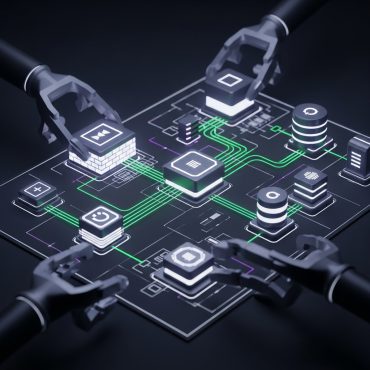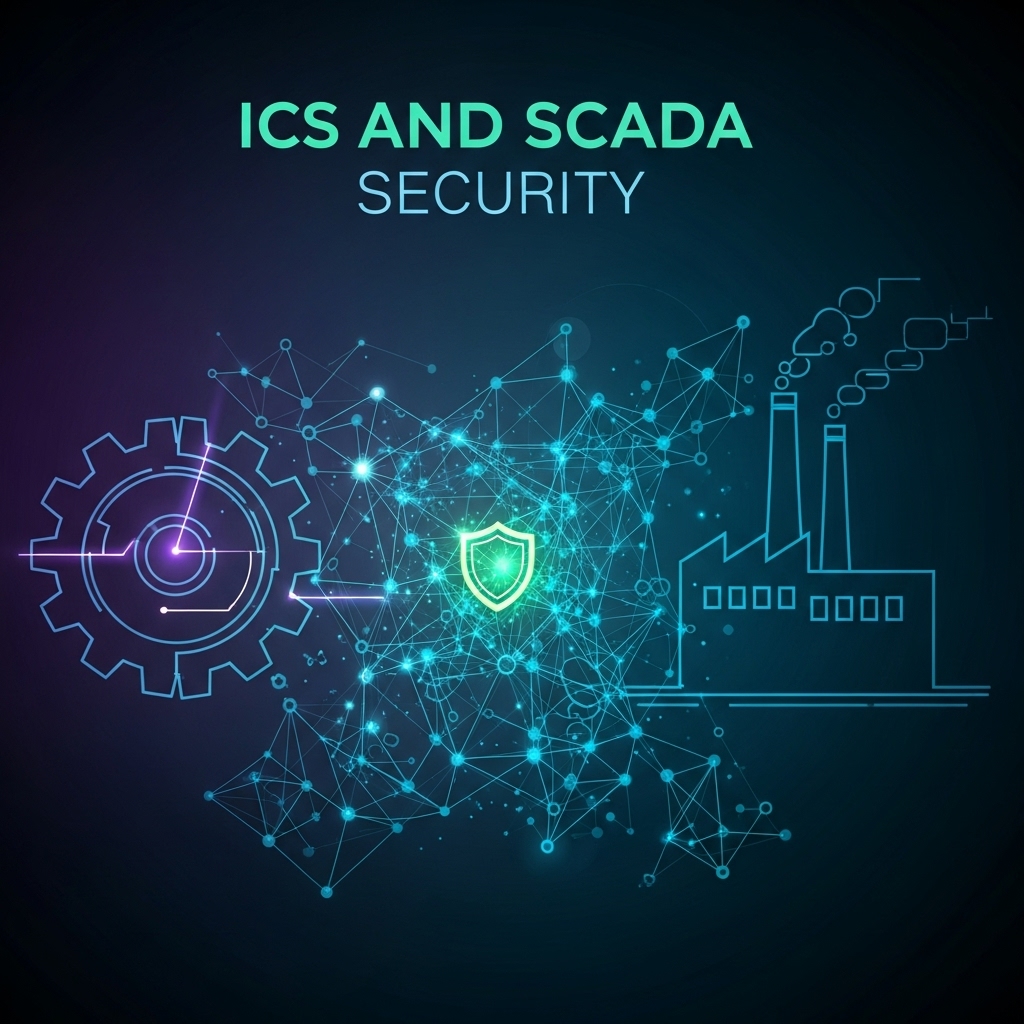ICS and SCADA Security: Protecting Critical Infrastructure from Cyber Threats
Industrial Control Systems (ICS) and SCADA (Supervisory Control and Data Acquisition) are foundational technologies in industries like energy, water, oil and gas, and manufacturing. These systems control and monitor critical infrastructure, making them prime targets for cyberattacks. Ensuring their security is vital to maintain operational continuity and national resilience.
Key Components of ICS and SCADA Security
1. Network Isolation and Segmentation
ICS and SCADA environments should be isolated from general IT networks. By segmenting the network logically or physically, threats are contained and lateral movement is limited. This practice enhances security and improves system reliability.
2. Authentication and Access Control
Access should be strictly limited to authorized personnel. Using Multi-Factor Authentication (MFA) and Role-Based Access Control (RBAC), organizations can ensure secure identity verification and resource access management.
3. Firewalls and Intrusion Detection/Prevention Systems (IDS/IPS)
Modern firewalls and IDS/IPS systems help monitor and analyze traffic to detect and block threats in real time. They are essential for safeguarding ICS/SCADA communication channels and preventing unauthorized access.
4. Continuous Monitoring and Logging
Real-time monitoring tools and centralized logging systems (e.g., SIEM platforms) enable quick detection of anomalies. Every system activity should be logged and analyzed for potential signs of compromise or misuse.
5. Patch Management and Vulnerability Remediation
Despite strict uptime requirements in industrial environments, applying security patches is critical. A planned and phased patch management process helps eliminate known vulnerabilities without disrupting operations.
6. User Training and Security Awareness
Personnel operating ICS and SCADA systems must be aware of social engineering, phishing, and insider threats. Regular security training minimizes human error and builds a strong first line of defense.
7. Disaster Recovery and Business Continuity Planning
Organizations must establish comprehensive disaster recovery (DR) and business continuity (BC) strategies. In the event of a cyberattack or system failure, these plans ensure rapid restoration of operations and data integrity.
Why ICS and SCADA Security Matters
As critical infrastructure systems become increasingly connected, the attack surface widens. ICS and SCADA security is no longer optional—it’s a fundamental requirement for operational integrity and national safety. A proactive and layered security approach helps organizations stay ahead of evolving threats and ensures long-term resilience.












